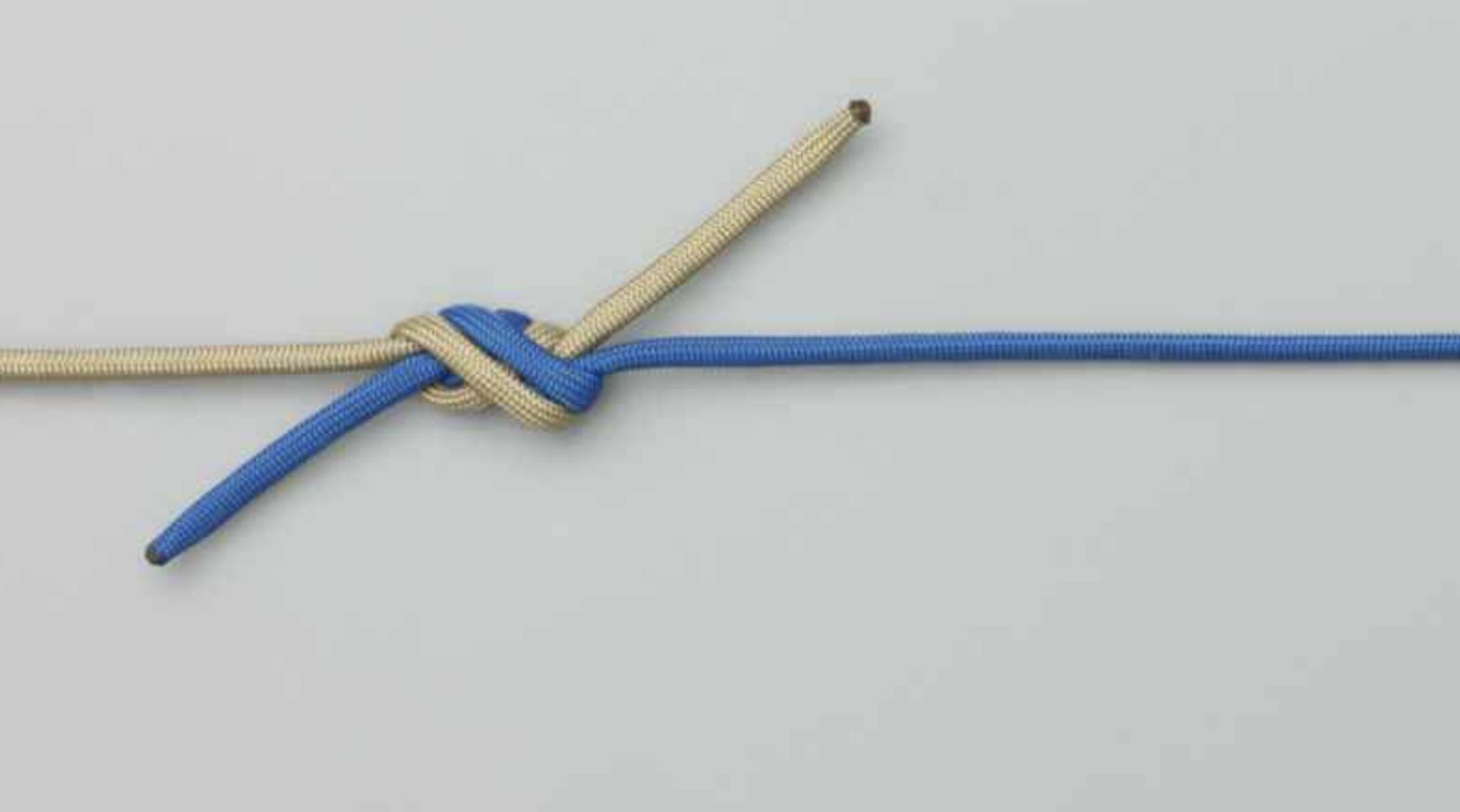The Surgeon’s Join Knot, also known as the Surgeon’s Knot, is a straightforward and dependable way to connect two fishing lines of moderately unequal sizes, such as a tippet to a leader. Despite its name, it is essentially a Double Overhand Knot, sometimes referred to as the Double Surgeon’s Knot. Here’s a step-by-step guide to tying this knot:
- Place the Lines: Position the leader and the tippet side by side, ensuring there is enough overlap to tie a double overhand knot.
- Form the Loop: Use both lines to create a loop, passing both ends through the loop and then through a second time.
- Lubricate and Tighten: Apply lubricant to the knot and pull it tight, ensuring it is secure.
- Trim Excess: Once tightened, trim any excess line ends to tidy up the knot.

Details of the Surgeon’s Join Knot:
- Uses: The Surgeon’s Knot is commonly used to join two pieces of monofilament, allowing anglers to select the size of tippet to match the size of the fly. It is particularly useful for connecting lines of different diameters.
- Tying Process: It’s important to note that the Surgeon’s Knot can only be tied with a tippet because the typical method involves passing the entire length of the tippet through the overhand knot twice. After forming the knot, carefully set it by pulling on all four ends.
- Alternative: For added security, the two lines can be passed through the overhand knot a third time to create a Triple Surgeon’s Knot.
- Advantages: This knot is highly regarded for its simplicity and effectiveness, making it an excellent choice for joining lines of moderately unequal sizes.
- Disadvantages: Compared to other knots like the Blood Knot, the Surgeon’s Knot can be slightly bulkier and may create a slight angle in the line. However, its ease of tying and reliability often outweigh these minor drawbacks.
The Surgeon’s Join Knot is a versatile and practical option for anglers seeking a quick and reliable method to connect fishing lines of different sizes. Mastering this knot can enhance your fishing experience by providing a strong and secure connection between your lines.
Images/Source: AnimatedKnots





